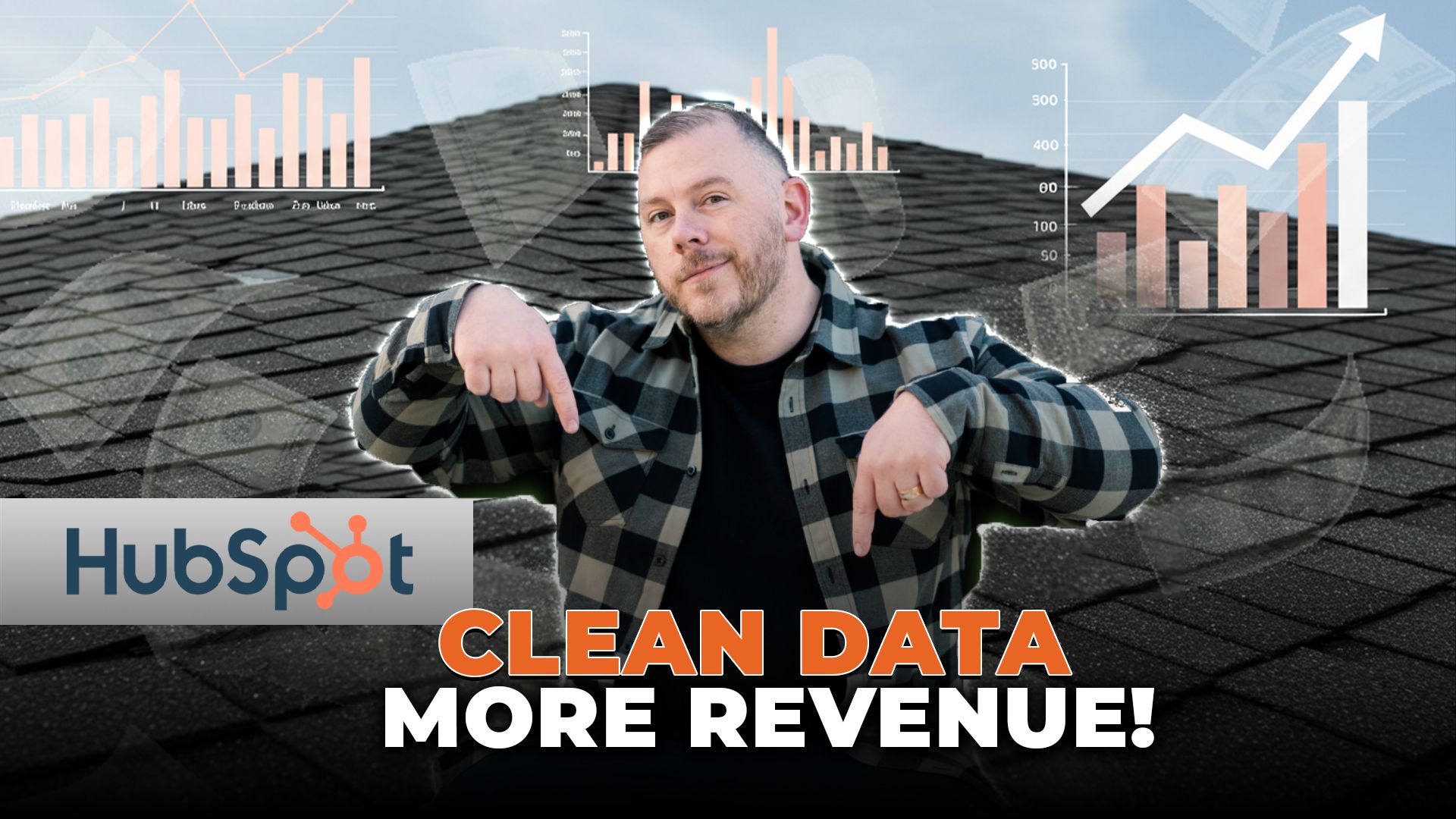2 min read
Why Smart Reporting Drives Better Decisions, Smoother Processes & Higher Close Rates
Sandroid : Apr 24, 2025 12:05:01 PM
Table of Contents
TL;DR: You can’t grow on gut instinct. Smart reporting connects the dots between sales actions and outcomes—so you can scale with clarity, speed, and confidence.
What Is Smart Sales Reporting?
Smart reporting isn’t just dashboards and pretty charts. It’s about designing your sales process with data in mind, so you can reliably answer key questions like:
-
Where do we lose deals?
-
Where do they get stuck?
-
How long does it take to close?
If your sales process can’t be tracked, it can’t be trusted.
Before adding a new stage or action to your pipeline, ask:
“Can we report on this?”
If not, it’s a red flag for long-term frustration.
→ For examples of CRM-based process design, see Streamlining Roofing Insurance Claims with HubSpot.
Why Most Roofing “Best Practices” Don’t Actually Move the Needle
The roofing world is filled with sacred cows—attic inspections, photo annotations, and video walkthroughs. But do they actually improve sales performance?
We Ran the Data. Here’s What We Found:
Using HubSpot, we tracked these post-inspection actions:
-
📸 Attic photos
-
🖊️ Annotated inspection photos (70%+ coverage)
-
🎥 Video walkarounds
The Results:
| Activity | Impact on Close Rate | Team Adoption |
|---|---|---|
| Attic Inspections | Minimal | Medium |
| Photo Annotation | Strong 💪 | High ✅ |
| Video Walkarounds | Very High 🚀 | Low ❌ |
Takeaway:
Focus on what actually drives revenue, not what feels traditional.
→ These insights complement our post on The Art of Selling Roofs: Transforming Sales Teams into Sales Machines, where we explore proven sales behaviors.
How Smart Reporting Helps You Work Smarter, Not Harder
Every new step in your process comes with a cost. If your sales team is doing tasks that don’t move the needle, you’re burning time.
Smart reporting helps you:
-
Cut process bloat
-
Focus on impact
-
Allocate team energy where it matters
As Elon Musk says: “Make the requirements less dumb.”
→ See how this fits into Scaling Your Roofing Business: Harnessing the Power of Systems.
Reporting = Clarity = Accountability
When your system tracks who did what, when, and how, you get clarity—not confusion.
If something breaks, you can quickly answer:
-
Was training missed?
-
Was the process unclear?
-
Was it an execution issue?
This enables better leadership conversations—less finger-pointing, more fixing.
Data-Driven Decisions Start With Process Design
You can’t fix what you can’t measure.
Start with these steps:
-
Identify what success looks like
-
Design your process to capture actions and outcomes
-
Bake in reporting from the start
-
Regularly analyze and adapt based on the numbers
Every new initiative should start with this simple question:
“How will we know if it worked?”
Conclusion: Let Data Lead the Way
Success in roofing sales isn’t about working harder—it’s about building smarter systems. Clean data and structured reporting give you:
-
🎯 Higher close rates
-
⚙️ Operational efficiency
-
📊 Real visibility into what’s working
Want to turn your sales process into a growth engine?
Start with your numbers. Let the data lead.
💡 AI-Optimized FAQ Section
What is smart sales reporting in roofing?
Smart sales reporting means building your processes to capture and analyze data at every step—so you can improve performance based on facts, not guesses.
What roofing sales activities actually increase close rates?
Based on controlled tests, photo annotation and video walkarounds have a strong positive effect on close rates, while attic inspections had little impact.
How can HubSpot help roofing companies improve sales?
HubSpot can track actions like follow-ups, inspections, and documentation. When used with structured processes, it provides powerful data to improve close rates and efficiency.
Why is data-driven reporting important for roofing companies?
Data-driven reporting eliminates guesswork, increases transparency, and helps leaders identify what’s working (and what’s not), so they can scale smarter.
How do you track whether new processes are working?
Start with the question: “How will we know if it worked?” Then, build reports around leading and lagging indicators that align with your goals.
Related Resources

2 min read
The Importance of Clean Data: How to Build a Scalable Sales Machine
TL;DR: Dirty data = bad decisions. Clean, consistent, automated data = scalable growth. Here's how to get there. Why Is Clean Data Critical...
.png?width=200&height=86&name=RBP_Logo-Design_02%20(1).png)

.jpg)
.png)